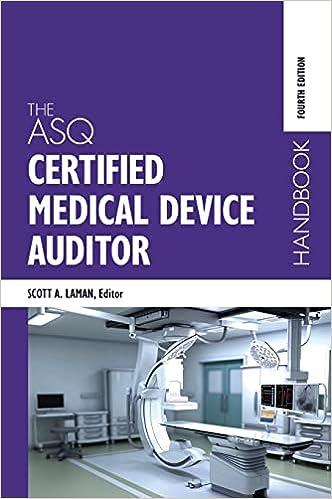Question
Chen Li worked on the audit of American Healthcare Associations (AHA), which operates hospitals and outpatient centers in Texas and Oklahoma. Chen was assigned responsibility
Chen Li worked on the audit of American Healthcare Associations (AHA), which operates hospitals and outpatient centers in Texas and Oklahoma. Chen was assigned responsibility to audit the allowance for patient receivables. For the past several years, AHA's accounting policy required that the recorded allowance for patient receivables be set to equal the total amount of receivables over 180 days past due. Prior audit testing of the allowance in previous years has found that the subsequent write-offs of patient receivables has closely approximated the amount included in the allowance, During the current year audit, Chen examined the amount recorded in the general ledger allowance account and reconciled that amount to the amount shown in AHA's consolidated aged trial balance in the 180 days past due amount. Given that the dollar amounts agreed, Chen concluded that the allowance was in accordance with AHA accounting policy and fairly stated. While media reports and other industry publications suggested that recent regulatory changes in healthcare insurance were affecting patients' ability to pay, Chen concluded that AHA's allowance was fairly stated given the amounts complied with AHA's policy. Describe the most likely judgement trap that ultimately biased the auditor's decision making in the audit.
Step by Step Solution
There are 3 Steps involved in it
Step: 1

Get Instant Access to Expert-Tailored Solutions
See step-by-step solutions with expert insights and AI powered tools for academic success
Step: 2

Step: 3

Ace Your Homework with AI
Get the answers you need in no time with our AI-driven, step-by-step assistance
Get Started


